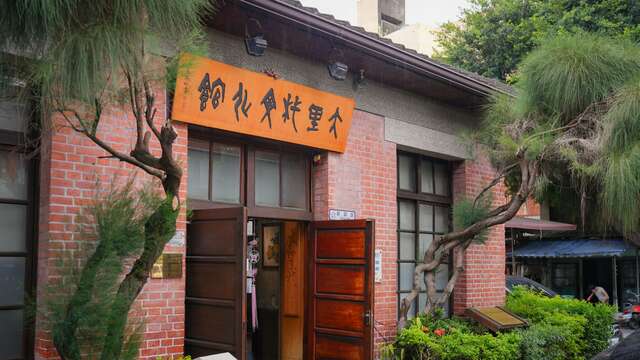Dali Cultural Center Introduction
Dali is known for its commercial development that began in the late Qianlong period of the Qing Dynasty. With the changes in waterways during the Japanese colonial period, the river port gradually transformed, bringing new development opportunities to the area. During the Japanese colonial period, for the sake of administration, the town was assigned a "Baozheng" (equivalent to today’s village head) to convey and execute official administrative measures. This historic building was constructed in 1929 alongside the village office, originally serving as a gathering place for the Baozheng of Dali. After the retrocession in 1945, it was used for household registration services and later transformed into the Daxin Community Activity Center. In 1999, in line with the revitalization project of the Dali Old Street, it was renovated and repurposed as the Dali Cultural Hall, showcasing unique Japanese colonial period architecture in the old street area, displaying historical materials and artifacts related to Dali, and periodically planning special exhibitions.









































